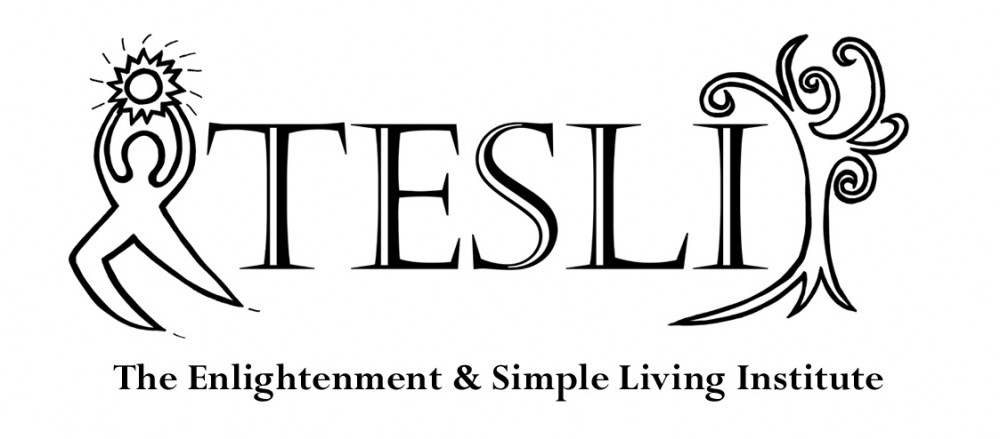Hail Hestia!
Goddess of Eternal Light
By your presence I am restored
Blessed is I,
who knows myself
and Blessed is the love
I bestow upon me
Holy Vesta!
Goddess of the hearth
Warm my heart,
allowing me to simply be.

Let me introduce you to Hestia. We are good friends.
Historically she is a Greek/Roman goddess that tended the fires of Olympia. Sister to Zeus, she refused all suitors and vowed to remain forever unmarried. In earlier history, devotees of Hestia practiced sacred sex as part of the healing aspect of the divine feminine. They were “virgins” in so much as they were not married, but they were certainly not celibate. In later times, under the Roman Empire, the high female priestesses of Hestia/Vesta were called Vestal Virgins and were indeed celibate during their 30 year service period. They had rights and liberties not usually associated with women at that time. The service they provided to the community afforded them with more prestige than royalty.
Hestia is an interesting lady, being associated with the home and hearth and yet, not being a mother or caretaker. She invokes the energy of self-love. She is all about knowing oneself intimately and caring for oneself with kindness and self-nurturing. She stands apart from social customs and comes forth as a great individualist.
When we invoke Hestia, we are calling forth that eternal spark of our being. We are connected to our primordial nature and our source. This is how Hestia restores us by her presence. She reminds us of the blessed nature of all of life. She reminds us that all beings and things have that sacred spark of eternal light.
Drawing on my studies of Buddhist world view, I penetrate even deeper into the idea of inner light and wisdom. Hestia can assist us in realizing the deceptive nature of ourselves and conventional reality. When I say she helps us know ourselves, I not only that mean that we know our personal preferences, desires, passions and aptitudes, but that we know, ultimately, that we don’t exist independently. We truly do not exist in the way we appear to exist.
We can call on Hestia to help us remove the constructs that obscure the truth of our being. She can help us penetrate the false ideas that have been perpetuated upon us. Her refusal to partake in the convention of marriage, is an open invitation for us to question conventional ideas and make different choices from the norm.
How does Hestia, “Warm our hearts”? The warmth of love and of self-caring is spread through our bodies and beings once we let go of judgments. Following Hestia’s lead ,we learn who we truly are and we honor that. We learn that all judgments are arbitrary and simply choices. Peace and deep contentment and connection can only come with the demolition of all judgments. A careful investigation reveals that this is truth.
Following the path of inner nurturing, we can begin to let go of the judgments that keep our bodies locked up and our minds closed to receiving. Starting with ourselves we choose to appreciate everything we are. We let go of self-hate, criticism and harmful self talk. Then we begin to expand the circle. We let go of the judgments of our friends and family. Allowing them to be exactly who they are. We are practicing sacred respect. And finally, can we let the world be exactly as it is? Perhaps we can become empowered to stand for ourselves while not standing against any other.
Sometimes called “enlightened self-interest”, our new attitude provides us with freedom from trying to control and change everything and everyone – which is probably outside the realm of possible anyway. The ultimate health treatment is letting people be as they are without judgment: tension falls off our bodies and we experience greater peace and joy.
In this new place, we are able to act or not-act, but are not compelled to react or live under the influence of the emotions of hate, frustration, anger, sadness, and resistance. Are hearts are warmed by the the ever present hearth within us.


